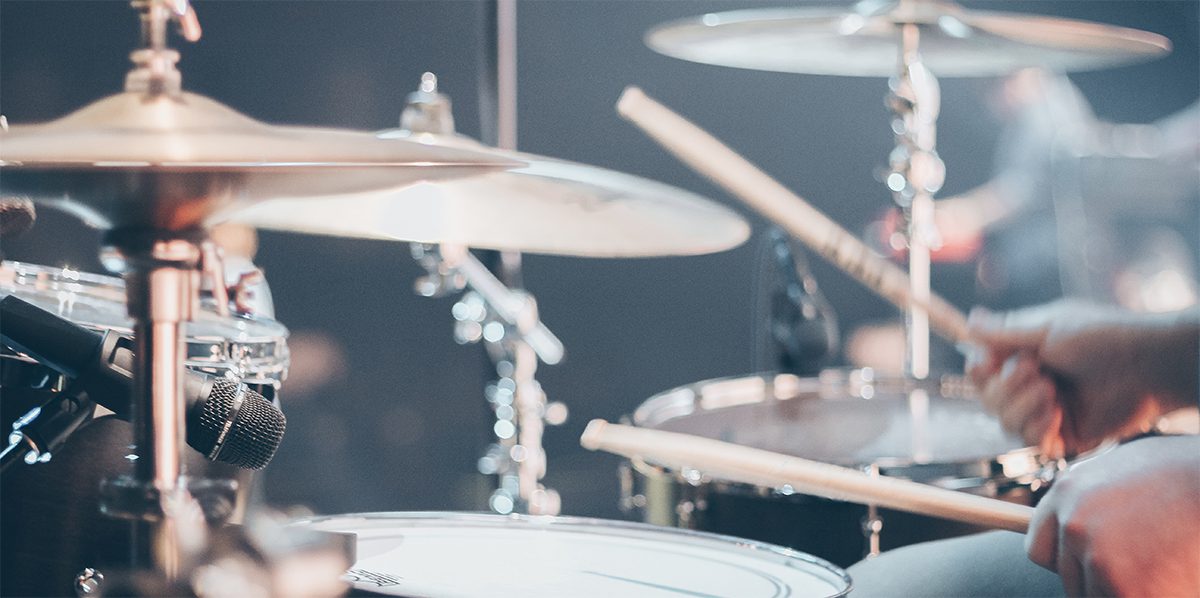Understanding how to read sheet music is essential when learning to play almost any instrument, including the drums. Knowing how to read drum notation helps you communicate with other musicians and quickly pick up new songs.
If you want to improve your drumming skills, use this guide to learn how to read drum sheet music.
The Basic Components of Drum Sheet Music
The first step is to understand the basic parts of the sheet music:
- The staff
- Time signature
- Bars
- Notes
The musical staff includes five lines. The position of the notes on these lines tell you which drums or cymbals to hit.

The staff is separated by bars. Each bar is called a measure. At the start of the staff is a time signature, which is a number that indicates the number of beats (the count) for the measure. If you see a “4” at the beginning of the staff, each measure consists of four beats.
Note Placement Tells You What to Play
The placement of the notes on the staff tells you what piece of the drum kit to play. Here is a breakdown of note placement for each part of the drum set:
- Bass drum: fifth line (bottom line)
- Floor drum: fourth line
- Snare drum: third line
- Mid tom: on the second line
- High tom: second line
- Hi-hat cymbal: the first line
- Ride cymbal: the first line
- Crash cymbal: above the first line
For example, if the note is above the fifth line of the staff, you play the bass drum. If the note sits above the third line, you play the snare drum. If it rests on the second line, you play the mid-tom.
The cymbals are represented by Xs on the staff instead of circles. As the hi-hat and ride cymbals have the same note placement, you play the hi-hat unless the sheet music specifies otherwise.

The Notes Set the Beat for the Music
Along with the placement of the note, you need to look at the type of note. This tells you when to hit the drum as you count the beats:
- Whole note: four beats
- Half note: two beats
- Quarter note: one beat
- Eighth note: half-beat
- Sixteenth note: quarter beat
For example, when playing a whole note, you hit the drum on the first count and wait for three more beats before playing the next note.
You now know the basics of reading drum sheet music. As with learning how to play drums, learning to read drum notations takes practice. Keep reading and playing and it should come naturally.
